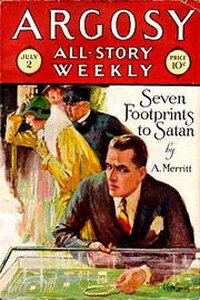Raven One | страница 17
From his stateroom desk, Wilson checked the flight schedule: the XO and Sponge Bob were on the “pinky” recovery, followed by the Skipper leading a practice intercept hop with Olive. Glad I’m not out there tonight, he thought. Night carrier aviation was difficult enough without a pitching deck. He surmised the weather was deteriorating, and realized he had not been outside the whole day.
He clicked on the PLAT… the ceiling was down from earlier and the deck was slick from a passing rain cloud. The Hornets on the bow were preparing to launch and the camera showed one taxiing out of its Cat 2 parking spot. Wilson watched it taxi aft past the bow jet blast deflectors, take a 45-degree right turn to clear the aircraft parked amidships, and then turn left down the angle to the “waist” cats. The camera showed a close-up of the aircraft… side number 406. Wilson clicked up two channels for the air ops status board: 406 was Sponge Bob’s aircraft, and the XO was in 402. He clicked again and checked the weather. Low broken-variable-overcast clouds, three miles visibility in rain, with occasional lowering to 500 feet overcast and one mile with lightning, freezing level at 14,000 feet and high gusty winds.
Not a good night at all.
Wilson wondered about the thought processes of the captain on the bridge, the admiral in flag plot, and the CAG in his office. They’ve got all the information I’ve got, and more, he thought, and these guys are still taxiing to the cats. He saw Sponge Bob on Cat 4, with the Viking tanker next to him on Cat 3. Ten minutes to launch.
The sound of an E-2 on Cat 2, two decks above, caused him to switch again to the PLAT. The screen was obscured by water droplets from another rain cloud as the “Hummer” extended its wings at a measured pace while its big turboprops kicked up clouds of spray behind it. Clackety, clackety, CLACKETY, CLACKETY, clackety, clackety sounded overhead as the “shuttle,” the above-deck catapult launching mechanism, was retracted aft for hook-up. Underneath the shuttle and below the metal catapult track, two large pistons, the size of a small car, moved into launch position. Once the aircraft was connected to the shuttle, and on signal, superheated high-pressure steam exploded into the piston cylinders to propel the aircraft forward to reach flying speed. The pilots likened it to being flung out of a slingshot.
Wilson exited his stateroom and headed for Ready 7. As he strode aft on the passageway, the noise of the



